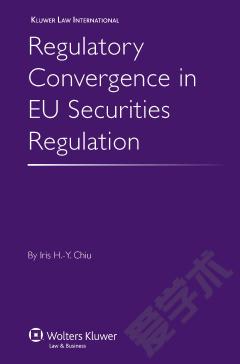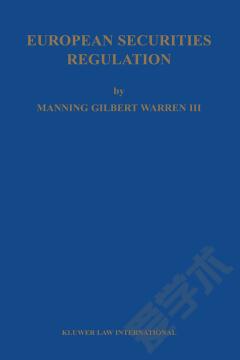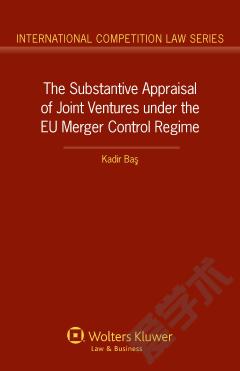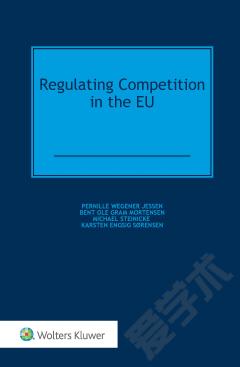Regulatory Convergence in EU Securities Regulation
EU securities regulation has embarked on an unprecedented movement towards regulatory convergence, which is seen as necessary to facilitate a single capital market. The relevant new Directives generally provide for comprehensive coverage of regulatory standards, as distinct from the old approach of minimum harmonization. The rationale is that, in order to encourage freedom of movement for issuers, intermediaries and investors, the EU needs to provide a level playing field with a sufficiently robust regulatory regime that is sufficiently comforting to investors. The pursuit seems to envisage a level of similarity in securities regulation in all EU Member States that approximates to uniformity. However, to what extent Member States’ laws should achieve uniformity or near-uniformity is not clearly defined.This outstanding book offers a new approach to the legal issues raised by the drive for convergence in securities regulation. The author offers a deeply informed and insightful examination of the implications for regulatory and policy design if regulatory convergence were to be rigorously implemented. After setting the development of the idea of regulatory convergence in historical context and defining what the term means, she goes on to investigate the web of legal issues surrounding the concept and its implementation, including the following:- the benefits and drawbacks of the existing regulatory competition between Member States;- ground-up (waiting for divergences to evolve through competitive processes) versus top-down mandatory convergence;- regulation of intermediaries;- the regulation of financial market transparency (visibility of pre-trade and post-trade information) and its effect on the business model of stock exchanges and markets;- interpretations of market abuse in Member States;- the rise of multilateral trading facilities (MTFs);- theories on multi-speed clustering among like-minded Member States;- the role of the Committee of European Securities Regulators (CESR); and- the relationship of national penalties and enforcement convergence.Arguing that the current patchwork of primary Directives and Commission Regulations is unlikely to secure convergent textual law, the author suggests that a rigorous pursuit of regulatory convergence should be based on adopting a systemic structure in designing regulatory features to achieve convergence. She proposes that regulatory convergence should capture four aspects of the law - sources of law, interpretation and administration, supervision of compliance, and enforcement - through an overarching ‘cybernetic’ model which focuses on the selection, transduction, and effectuation of norms, as well as on information and feedback processes and securing compliance with the norms.Although many authorities recognize that there are insufficient systemic features in the current framework to achieve regulatory convergence in EU securities regulation, this book takes a giant step beyond procedural discussion into a deep analysis of the underlying need for legal integrity in this administrative field at the EU level if policy objectives are to be achieved or even clearly argued. It will be of great interest to practitioners and policymakers working in securities, competition, and related fields.
{{comment.content}}








 京公网安备 11010802027623号
京公网安备 11010802027623号